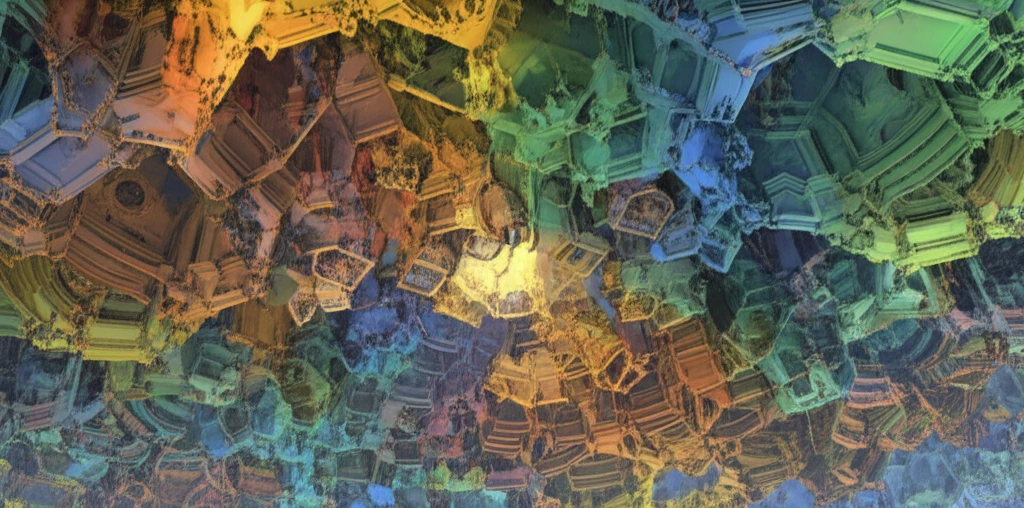
Unlocking the Building Blocks of Space: How Multisections are Revolutionizing Manifold Understanding
"From 3D to Infinity: A groundbreaking approach simplifies complex shapes in any dimension, revealing hidden structures and opening new doors in geometry and topology."
Imagine trying to understand the architecture of a sprawling city. Where do you even begin? Mathematicians face a similar challenge when studying manifolds, which are abstract shapes that can exist in any number of dimensions. These shapes are fundamental to many areas of math and physics, but their complexity can be daunting.
In 2016, mathematicians David Gay and Rob Kirby introduced a method called trisection, a way to decompose a 4-dimensional manifold into three simpler pieces, making it easier to analyze. Now, a new study is generalizing this approach, creating multisections that work for manifolds of any dimension. This breakthrough promises to simplify complex geometric problems and reveal hidden structures within these spaces.
This article explores this generalized trisection method, explaining how it works, why it's important, and what doors it opens for future research. We'll break down the key concepts in a way that's accessible, even if you're not a mathematician.
Multisections: Simplifying the Intricate

At its heart, a multisection is a way of dividing a manifold into smaller, more manageable pieces, called handlebodies. Think of it like dissecting a complex machine to study each component individually. The core idea is that any closed, n-dimensional manifold can be split into k+1 n-dimensional handlebodies, where 'n' relates to the dimension of the manifold and 'k' is a parameter defining the number of handlebodies. The beauty of this division lies in how these handlebodies intersect.
- Handlebodies: The manifold is divided into k+1 handlebodies, each resembling a building block with a single 0-handle and a finite number of 1-handles.
- Disjoint Interiors: The handlebodies have interiors that don't overlap, ensuring a clean division of the manifold.
- Intersection Properties: The intersection of any group of handlebodies forms a submanifold with a boundary, its dimension is predictably linked to the number of handlebodies involved.
- Central Submanifold: At the heart of the multisection is the central submanifold, formed by the intersection of all handlebodies.
Why This Matters: Applications and Future Directions
The development of multisections provides a powerful new tool for exploring the world of manifolds. By breaking down complex shapes into simpler components, researchers can gain insights into their fundamental properties and unlock new connections between different areas of mathematics and physics. This has implications for understanding the structure of the universe, the behavior of materials, and even the development of new technologies.
One particularly exciting aspect of this research is the connection to nonpositively curved cubings. The study shows that, under certain conditions, the central submanifold of a multisection can be given a special geometric structure called a nonpositively curved cubing. These cubings have important applications in geometry and topology, providing a bridge between manifolds and discrete structures.
While this research provides a solid foundation, many questions remain. What are the best ways to construct multisections for specific types of manifolds? How can we use multisections to classify manifolds in higher dimensions? What are the deeper connections between multisections and other areas of mathematics? As mathematicians continue to explore these questions, we can expect to see even more exciting discoveries in the years to come.
